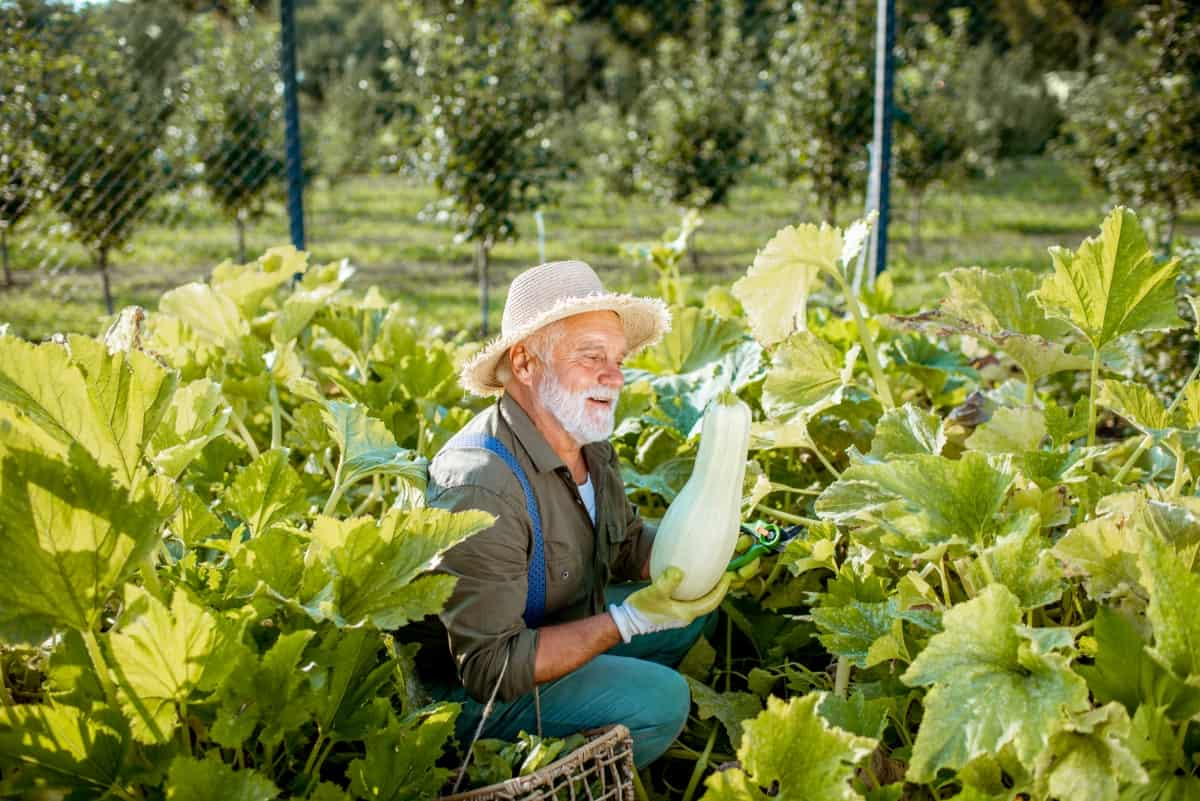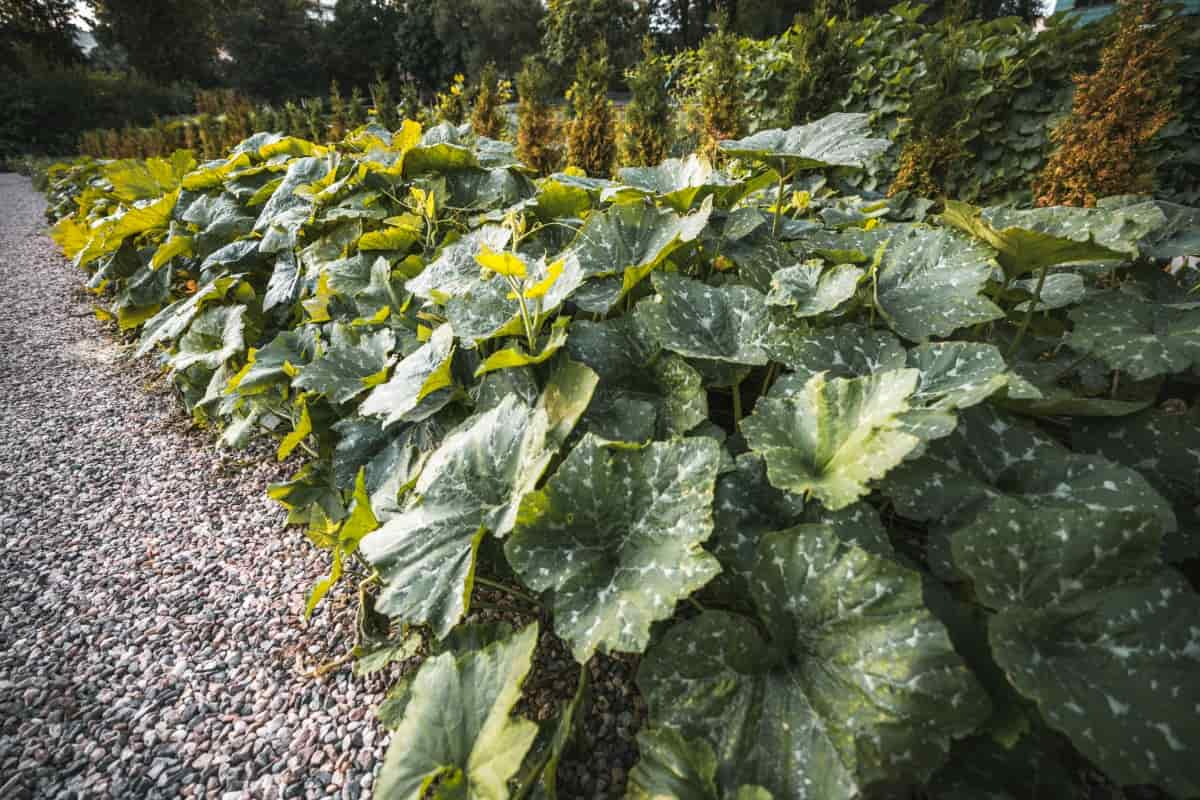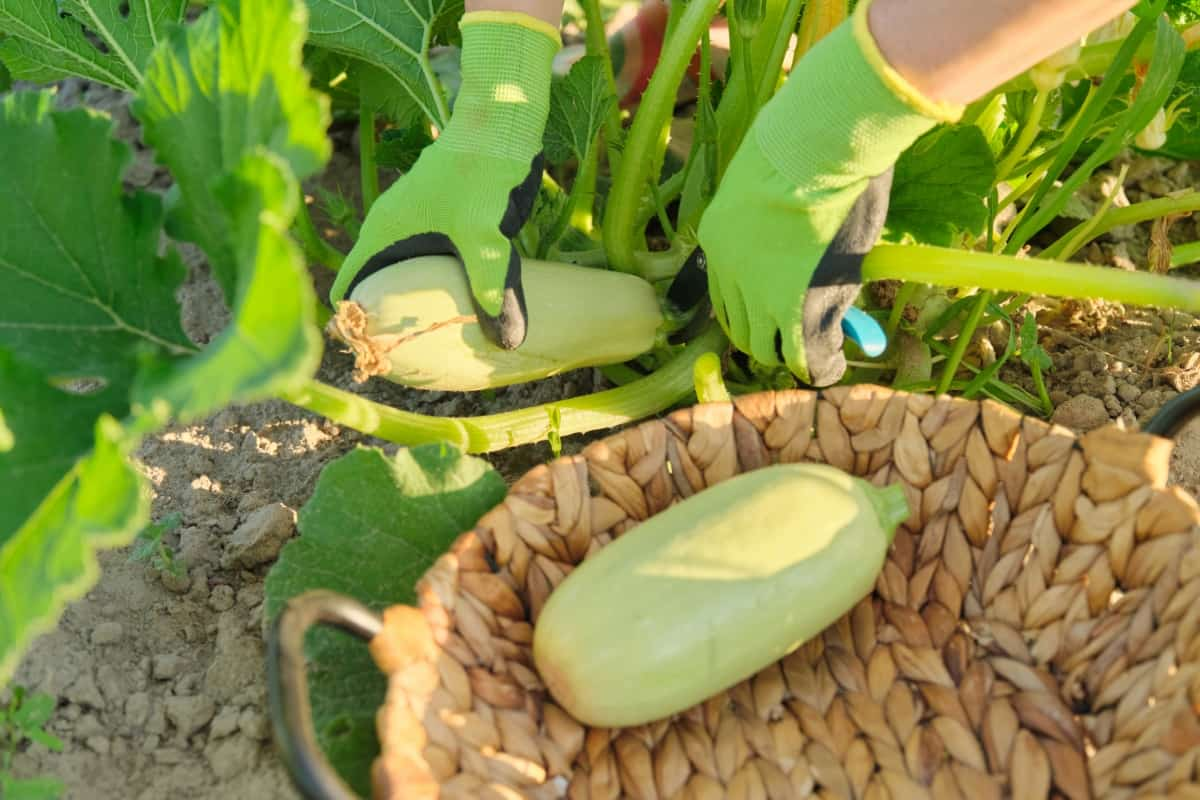Pairing certain plants together for mutual benefits has been a mainstay in agriculture for generations, and it’s just as applicable in today’s home gardens. Particularly when we talk about squash companion plants, this method has several benefits for the growth and yield of your squash plants.

Selecting suitable companion plants for squash can greatly enhance your garden’s success by deterring pests, enhancing pollination, and improving soil fertility. What grows well with squash? What should you not plant next to squash? This article explores these questions and more.
Benefits of Companion Plants for Squash in the Garden
Companion planting, particularly when it comes to squash, is an invaluable tool in organic gardening. Not only does it maximize the use of space, but it also promotes a healthy, balanced ecosystem. When companion plants for squash are carefully chosen, they can deter harmful pests, attract beneficial insects, enhance soil fertility, and aid in the pollination process.
Additionally, companion plants can offer physical support and provide shade or ground cover, all while adding aesthetic value to your garden. Integrating different plants helps create a diverse, vibrant garden environment that works in harmony to produce the best yields.
Best Companion Plants for Squash to Deter Pests
Squash plants are susceptible to several pests, including squash bugs, beetles, and vine borers. The right companion plants can act as a natural pest deterrent, reducing the need for harmful chemical pesticides. Some of the best companion plants for squash that can help keep these pests at bay include nasturtiums, marigolds, and petunias.
These plants have natural chemical compounds that repel many common squash pests, thereby reducing the likelihood of infestation. On the other hand, there are bad companion plants for squash that can attract these pests, like potatoes and peppers, so it’s essential to make careful selections.
Squash Companion Plants for Improved Pollination
Proper pollination is critical for squash plants to produce a healthy crop. Companion plants, particularly those that attract pollinators, can significantly enhance this process. Borage, lavender, and cosmos are excellent flowering companions, capable of attracting bees and pollinators to enhance squash pollination in your garden. This, in turn, can lead to larger, healthier squash yields.
In case you missed it: Natural and Organic Ways to Treat Squash Leaf Curl: Fix With Effective Home Remedies

Companion Plants for Squash in Containers
Squash can benefit from the right companion plants even in a container garden. Smaller plants that do not compete for root space or light make the best companions in this setting. Plants like chives, onions, or parsley are great choices as they have similar water and sunlight requirements to squash but do not grow large enough to overshadow or crowd it. This balance allows both plants to thrive without hindering the growth of the other.
Companion Herbs for Squash in Organic Gardening
In organic gardening, herbs can be significant as squash companion plants. Some of the best squash companion herbs include dill, oregano, and mint. These herbs can deter pests while also attracting beneficial insects. Furthermore, the potent fragrance emitted by these herbs conceals the squash’s scent, thus impeding pests in their search for the target.
Flowering Companion Plants for Squash to Attract Beneficial Insects
A healthy garden is not just about deterring pests but also about attracting beneficial insects. Flowering companions, plants for squash, can serve this very purpose. Sunflowers, zinnias, and calendula infuse your garden with vibrant colors while attracting beneficial insects like ladybugs, hoverflies, and lacewings that help control common garden pests. This natural pest control can keep your squash plants healthy and productive.
Companion Vegetables for Squash in Raised Beds
Raised beds offer unique opportunities for companion planting. Traditional companion vegetables for squash in this context include corn and beans, as part of the “Three Sisters” method used by Native American cultures. These plants work together in a symbiotic relationship, with the beans providing nitrogen for the soil, the corn acting as a natural trellis for the beans, and the squash providing ground cover to prevent weeds.
Companion Plants for Squash to Improve Soil Fertility
Beyond pest control and pollination, the right companion plants for squash can also improve soil fertility. Plants like beans, peas, and clover are known as nitrogen-fixers. They possess the capability to transform atmospheric nitrogen into a plant-utilizable form, consequently enhancing soil fertility. This, in turn, provides the squash plants with the vital nutrients they need for growth and fruit production.
In case you missed it: 10 Common Problems With Garden Grown Squash: Treatment and Solutions

Companion Plants Chart for Squash in the Garden
Understanding the concept of companion planting for squash can be simplified with the help of a companion plants chart. This visual tool can help you quickly determine what grows well with squash and what you should not plant next to squash. Such a chart would categorize plants based on their compatibility with squash, with indications for good and bad companions. A companion plants chart is an excellent resource for novice and experienced gardeners to design their gardens for maximum yield and health.
Strategic Planting of Squash and Its Companions
Strategic planting is a vital step in maximizing the benefits of companion planting. It’s not enough to simply choose the right companion plants for squash; you must also consider how they are arranged. Squash plants, for instance, can grow quite large and may overshadow smaller companion plants.
To prevent this, consider planting your squash in the center of the planting area, with companion plants around the perimeter. Additionally, remember that some plants, like beans, can climb and may need a trellis or support system. If you’re using flowering companion plants for squash to attract beneficial insects, intersperse them throughout the garden for maximum impact.
Monitoring and Maintaining Your Squash and Companion Plants
The work doesn’t end there once your squash and companion plants are in the ground. Consistent monitoring and upkeep are vital for optimizing plant growth and promptly managing any potential issues. Pay close attention to the health of your squash plants and their companions, watching for signs of pests or disease. If you notice any issues, take action immediately.
In case you missed it: How to Grow and Care for Butternut Squash: A Comprehensive Guide for Beginners

For instance, if you observe an infestation of squash bugs, it may be necessary to introduce more of the companion plants that repel these pests. Please ensure to water and fertilize your plants appropriately, taking into account the specific requirements of each plant species. When cared for correctly, your squash and companion plants can reward you with a bountiful and vibrant garden.
Conclusion
Companion planting is a proven technique to significantly boost your garden’s success. By carefully choosing companion plants for squash, you can protect your crop from pests, increase pollination, improve soil fertility, and create a thriving, diverse garden environment. As with any gardening practice, success with companion planting requires knowledge, patience, and observation. But with these efforts, the squash companion plants’ benefits can be truly remarkable.
- Feed Your Flock for Less: Top 10 Tips to Save on Chicken Feed
- Ultimate Guide to Ossabaw Island Hog: Breeding, Raising, Diet, and Care
- Hatching Answers: The Top 10 Reasons Your Chickens Aren’t Laying Eggs
- Eggs and Economics: Breaking Down the Cost of Raising Backyard Chickens
- Defend Your Greens: Proven Methods to Keep Iguanas Out of Your Garden
- Ultimate Guide to Cinnamon Queen Chicken: A Comprehensive Guide for Beginners
- Ultimate Guide to California Tan Chicken: Breeding, Raising, Diet, Egg-Production and Care
- Ultimate Guide to Marsh Daisy Chicken: Breeding, Raising, Diet, and Care
- 10 Types of Chicken Farming Businesses You Can Start for Profits